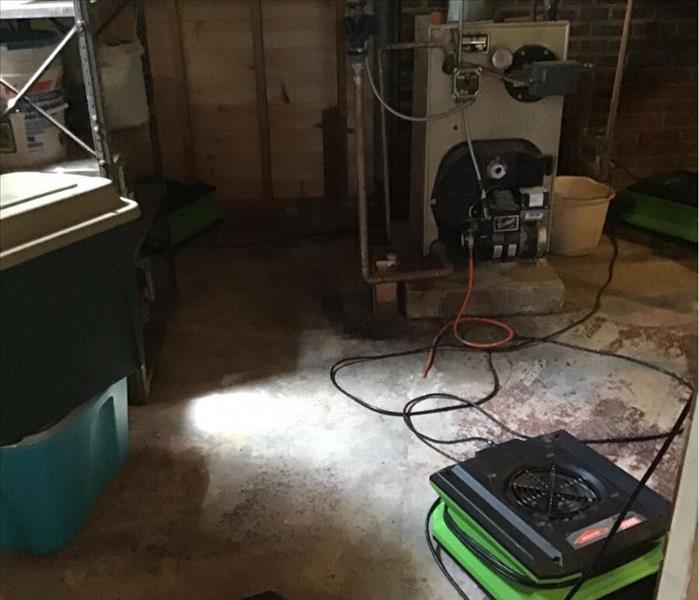Repairing Water-Damaged Walls: A Step-by-Step Guide by SERVPRO®
2/14/2024 (Permalink)
 Repairing water-damaged walls demands precision and proper techniques to ensure a seamless restoration process.
Repairing water-damaged walls demands precision and proper techniques to ensure a seamless restoration process.
Water damage can take a toll on your home's walls, leading to unsightly stains, deterioration, and potential structural issues if left unaddressed. Repairing water-damaged walls requires quick action and the right techniques to restore them to their pre-damage condition. Here's a comprehensive guide to repairing water-damaged walls:
Assessment and Safety Precautions
Start by assessing the extent of the water damage. Ensure safety by turning off electricity in affected areas to avoid potential hazards.
Identify the Type of Wall Material
Different wall materials (drywall, plaster, or paneling) require distinct repair approaches. Identify the wall material before initiating repairs.
Remove Damaged Sections
For severely damaged drywall, carefully cut out the affected sections using a utility knife or saw. Ensure clean, straight edges for easier patching.
Dry Out the Area
Thoroughly dry the affected area using fans, dehumidifiers, and proper ventilation to prevent mold growth before proceeding with repairs.
Repairing Drywall
For small holes or cracks, use joint compound or spackling paste to fill the damaged areas. Sand the surface after the compound dries for a smooth finish.
Replacing Damaged Drywall
If large sections of drywall are damaged, cut out the affected area and install a new piece. Secure it with screws, tape the seams, and apply joint compound.
Restoring Plaster Walls
Repair small cracks in plaster walls using patching plaster or joint compound. Larger damage might require professional expertise to restore properly.
Painting and Finishing
Once repairs are complete and dry, sand the patched areas, prime the surface, and repaint the walls to match the existing color and texture.
Preventing Future Water Damage
Address the root cause of water damage, such as leaks or moisture sources, to prevent recurrence. Consider waterproofing solutions for vulnerable areas.
Professional Assistance if Needed
In cases of extensive damage or uncertainty in repairs, consult with water damage restoration professionals like SERVPRO of The Seacoast for expert guidance and assistance.
Repairing water-damaged walls demands precision and proper techniques to ensure a seamless restoration process. Timely and meticulous repairs can prevent further deterioration and restore the aesthetics and structural integrity of your home. Contact our SERVPRO® team for professional guidance and restoration services tailored to repair water-damaged walls.






 24/7 Emergency Service
24/7 Emergency Service